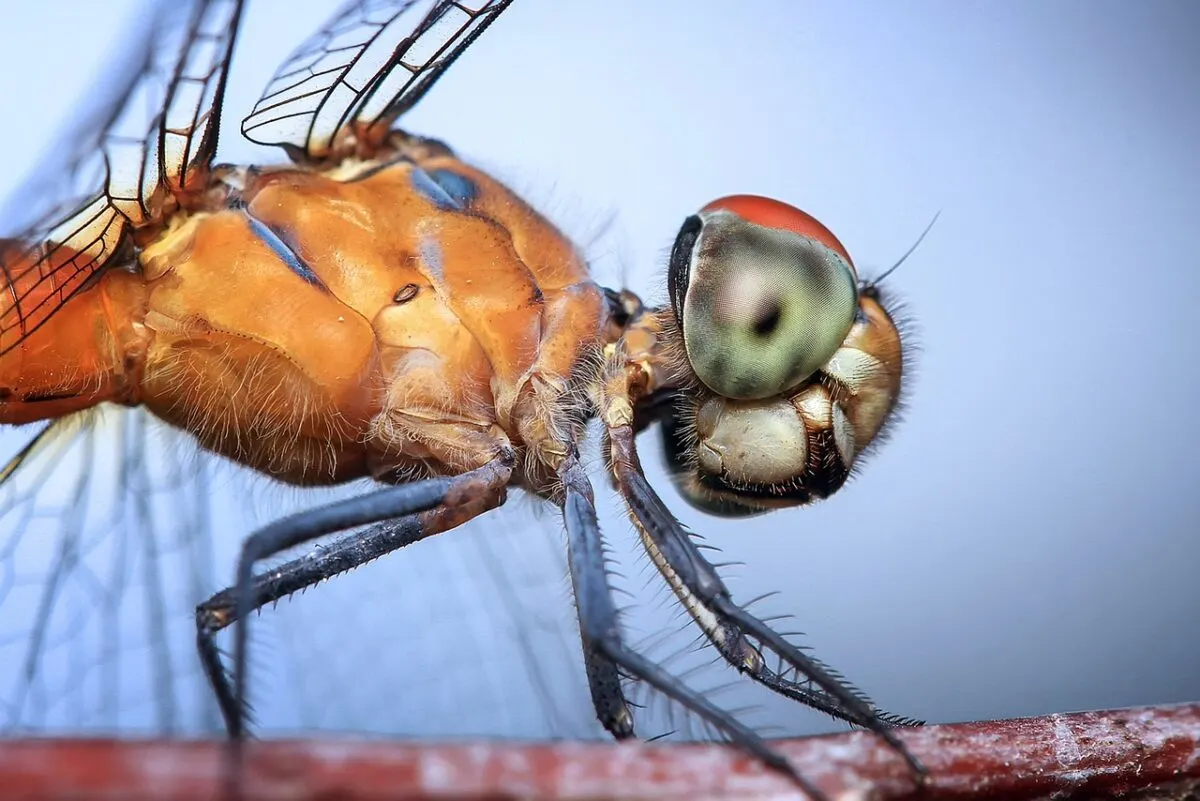The dragonfly is mesmerising to look at not only because of its iridescent colors, but also because of its aerodynamic talents – did you know that it’s also the fastest insect in the world?
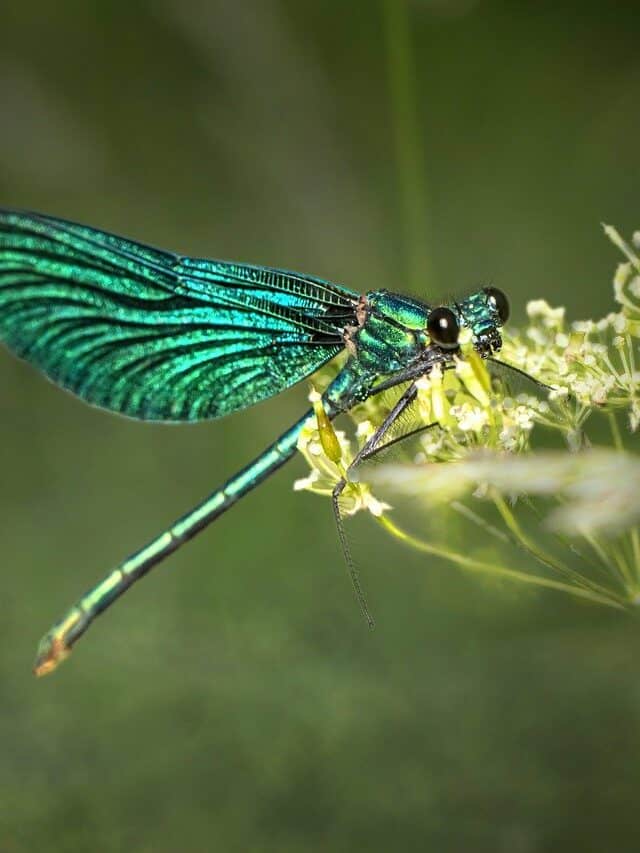
Have you ever wondered which species is the fastest-flying insect in the world? You might be surprised to find out that it’s a specific type of dragonfly! These creatures have a unique ability to cover large distances in only a few wing beats.
Dragonflies are small but make up for their size with their incredible speed and agility when soaring through the air.
In this blog post, we’ll explain why and how dragonflies can have such high speeds, discuss other curious facts, and much more. Before you know it, you’ll be a dragonfly expert!
Key Points
- The fastest dragonflies can fly up to 60 miles per hour, making them one of the swiftest insects on the planet.
- Their wings are the key. Dragonfly wings are powerful and flexible, allowing them to generate lift and maintain their speed even in the face of strong winds and gusts
- Dragonflies are also masters of maneuverability, capable of performing acrobatic feats in the air that are beyond the abilities of most other insects.
- They are essential in controlling insect populations, serving as predators and prey for various animals.
- They’re oftentimes studied to establish the health of an ecosystem as they’re very sensitive to changes in water quality, temperature etc.
Introducing the Dragonfly
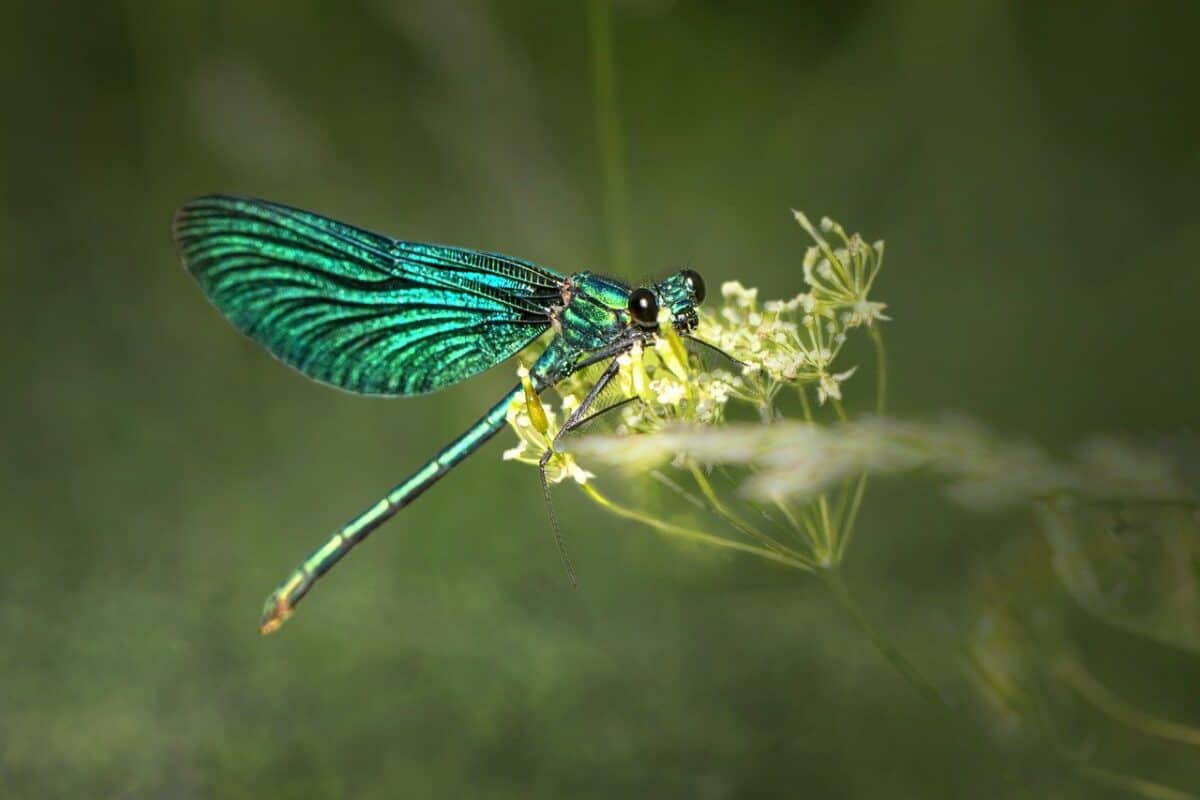
Before we marvel at the flying capabilities of the fastest insect in the world, let’s get to know it a little bit better!
An Overview
| Characteristic | Description |
|---|---|
| Size | Adults typically measure between 1 to 4 inches in length. |
| Habitat | They favor wetland environments worldwide, excluding Antarctica. |
| Appearance | Notable for large compound eyes, elongated bodies, and iridescent wings. |
| Diet | Nymphs consume aquatic organisms, while adults prey on other insects. |
| Conservation Status | Varies by species, some are common while others are critically endangered. |
| Reproduction | Mating involves a ‘wheel formation,’ followed by aquatic egg deposit by females. |
Physical Traits
Dragonflies are known for their large compound eyes, elongated bodies, and two pairs of strong, transparent wings. The eyes are particularly fascinating, taking up most of the head and offering nearly 360-degree vision, aiding them in hunting and evading predators.
An adult dragonfly’s body usually measures 1 to 4 inches in length, although some species can grow larger. Dragonflies have six legs, but despite this, they are not proficient walkers. Their legs are mainly designed to catch prey. The wings can also display iridescent or metallic colors, making them all the more striking.
Habitat
Dragonflies are found across the world, with more than 5,000 species inhabiting every continent except Antarctica. They generally prefer wetland environments, such as marshes, ponds, and slow-moving streams, as their larvae, known as nymphs, are aquatic. Adult dragonflies often venture far from water but usually stay within a few miles of a water source.
Diet and Feeding Behavior
Both nymphs and adult dragonflies are predatory. The nymphs live underwater and feed on a variety of aquatic organisms, including small fish, tadpoles, and other insect larvae. They have a unique jaw-like organ that they can rapidly extend to capture prey.
Adult dragonflies are voracious predators that feed on other insects, such as mosquitoes, flies, and even other dragonflies. They are skilled hunters, able to catch their prey in mid-air with their legs, which form a sort of basket for capturing and holding onto their food. They can eat while flying, rarely landing, which allows them to stay on the move.
Uncover all our insect-content here.
Its Impressive Flight Capabilities
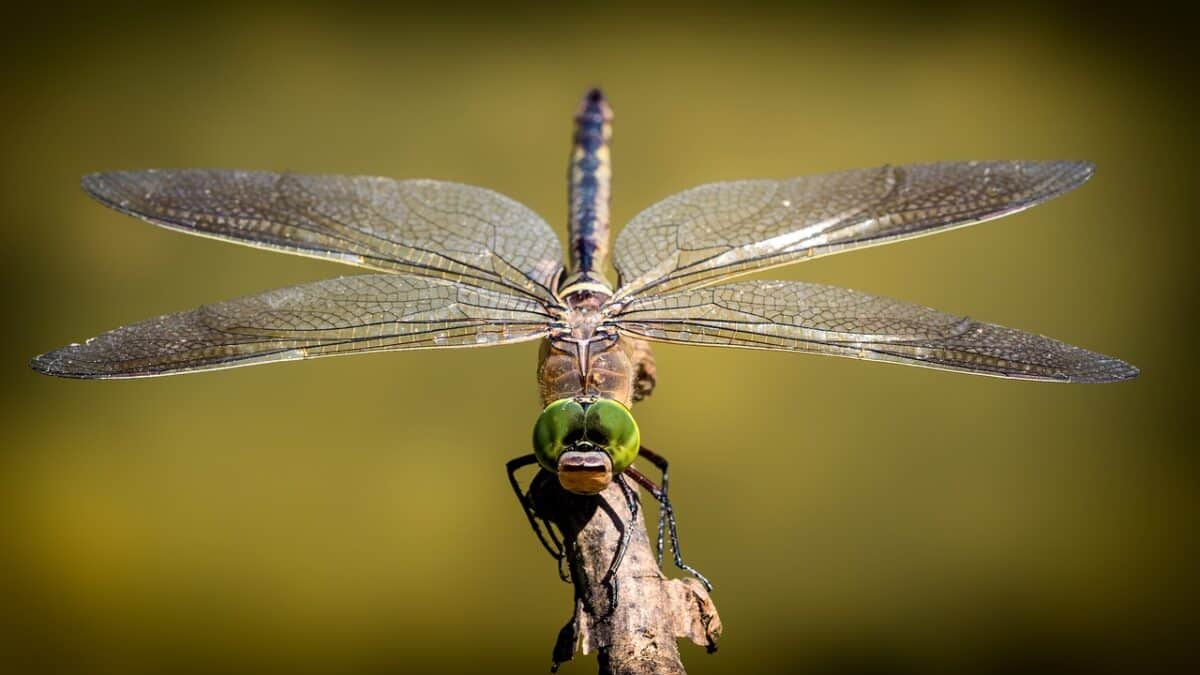
The dragonfly is one of the most fascinating creatures on the planet, especially when it comes to flight. Unlike anything else in the animal kingdom, the speedy dragonfly has awe-inspiring flight capabilities.
With an incredible wingspan, these insects can fly in all directions with remarkable precision, making them a fantastic sight. They are graceful in the air and can fly at astonishing speeds, reaching up to 60 miles per hour! It’s no wonder that scientists have been studying these creatures for years, trying to unlock the secrets of their unique flight capabilities.
Whether you’re a nature lover or just fascinated by the mechanics of flight, there’s no denying the incredible beauty and power of the speedy dragonfly.
The Anatomy and Aerodynamics That Make the Dragonfly the Fastest Insect in the World
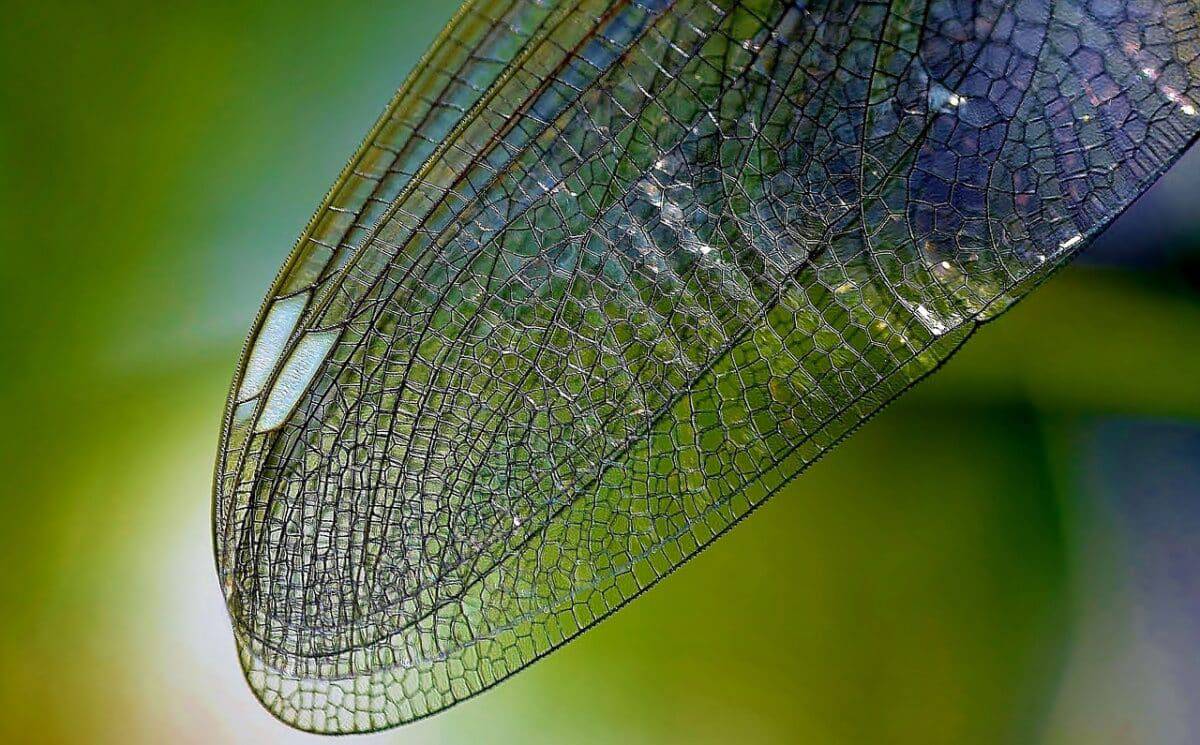
Their impressive flight speed can be attributed to their unique anatomy and aerodynamics.
Dragonflies have four wings that move independently, allowing them to adjust their flight path and direction quickly and efficiently.
Their wings also have tiny veins that create vortices, or air pockets, that help propel them forward. In addition, their streamlined bodies and large thorax muscles give them the power to accelerate and change direction quickly.
Seeing these creatures in action is fascinating, and allows us to appreciate the complex mechanics that make their flight possible.
World Records Set By Dragonflies
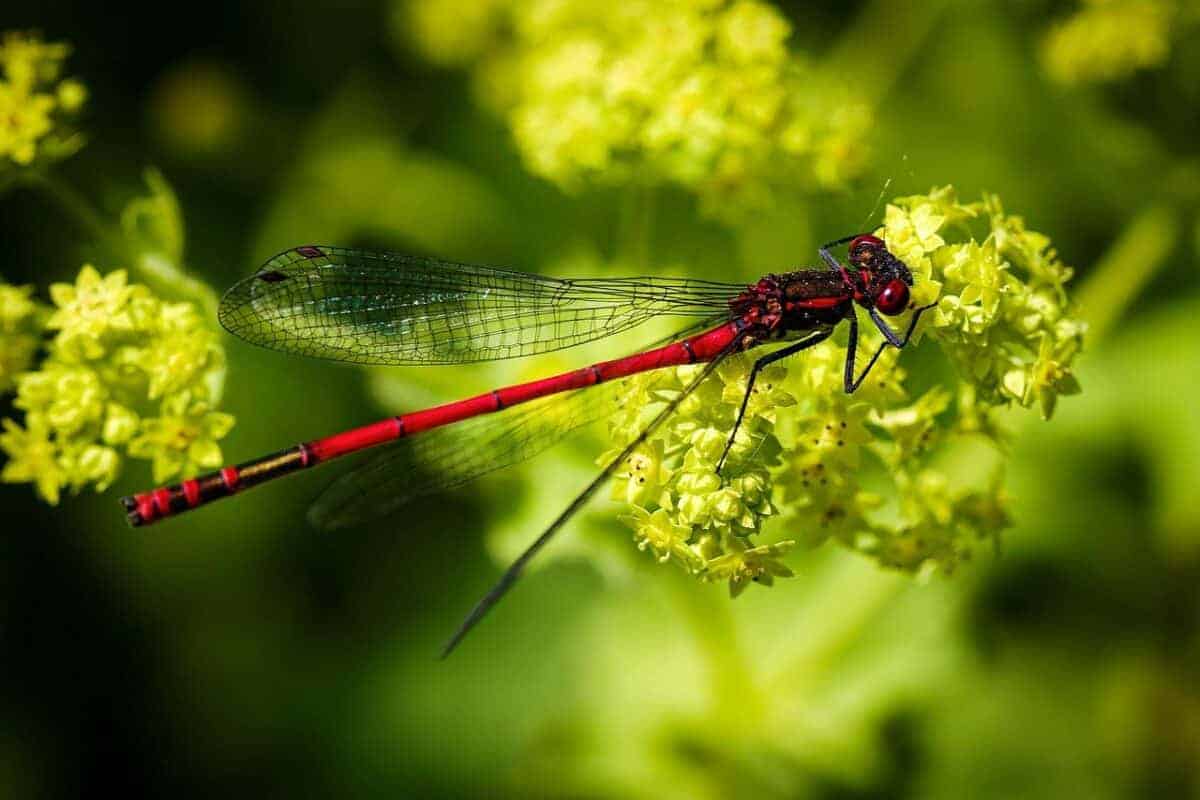
These insects might seem small and delicate, but they are mighty and maneuverable.
Dragonflies hold impressive flight records, leaving even the most skilled human pilots in the dust. For example, the Pantala flavescens species has a history for the longest migratory journey of any insect, with some individuals traveling up to 7,500 miles in a single trip.
That’s the equivalent of flying from New York City to Tokyo and back again! Meanwhile, the Common Green Darner can reach up to 35 miles per hour, making it one of the fastest-flying insects on the planet. So next time you see a dragonfly darting and weaving through the air, take a moment to appreciate its natural talents. These small but mighty creatures are genuinely remarkable.
Read about another insect-record here.
The Significance of Dragonflies
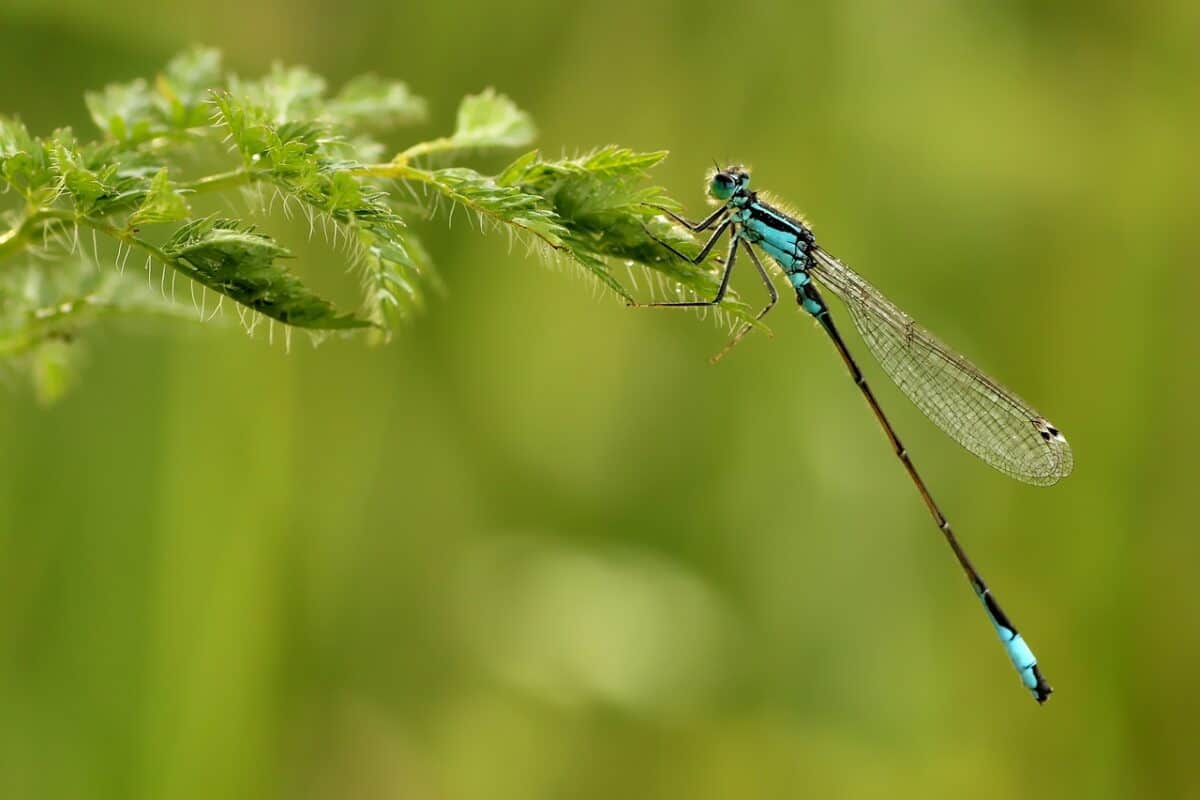
Dragonflies are more than just pretty insects that flit around in the sunshine. They also play an essential role in the ecosystem, especially when controlling other insect populations.
As carnivores, they eat mosquitoes, flies, and other pests that can harm humans and animals. Their unique ability to fly in multiple directions, hover in place, and even fly backward makes them formidable predators, and they’ve been doing their job for millions of years.
But dragonflies aren’t just beneficial for their pest control abilities—they also serve as bioindicators of the health of their surrounding environment. Their sensitivity to changes in water quality, temperature, and other factors makes them a valuable tool for scientists studying ecosystems.
So next time you see a dragonfly flitting around, remember all the good it does for both nature and humans.
Where and When To Spot These Speedy Creatures
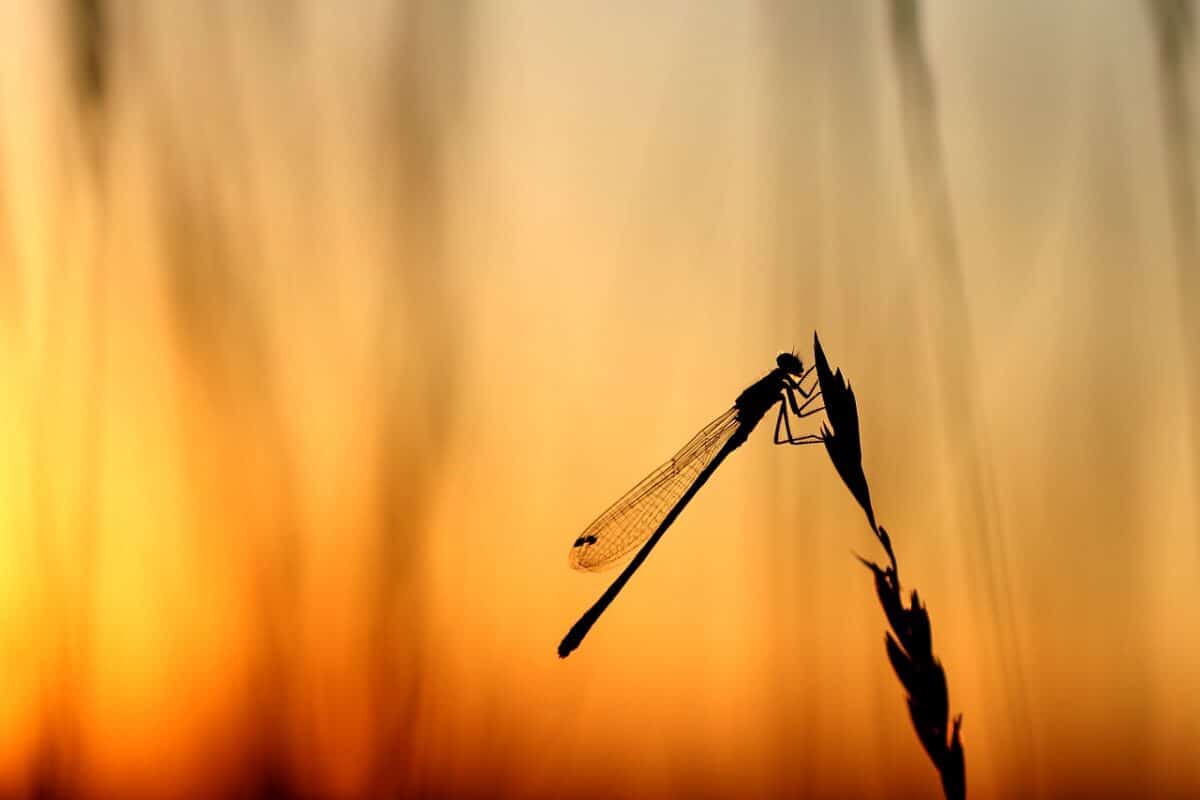
Dragonflies are one of nature’s most graceful and fascinating creatures to watch in action. If you’re looking to spot them, there are a few tips to remember.
- Firstly, look for them near water sources, such as ponds, lakes, and rivers, where they lay their eggs and find food.
- Secondly, they are most active during the warmer months, so keep an eye out during summertime.
- Finally, pick a sunny day with minimal wind; this will make spotting them much easier.
With these tips, you’ll be able to catch these speedy creatures in action and appreciate their beauty.
A Slow Motion Look At Dragonflies In Flight
Take a moment and let yourself be mesmerized by the graceful movements of dragonflies in flight. These insects are true aerial acrobats with their iridescent wings and slender bodies.
But what makes them so fascinating to watch? As we observe them in slow motion, we can appreciate the intricacies of their flight patterns and the way they navigate the air with precision and efficiency.
So sit back, relax, and enjoy this unique view of one of nature’s most impressive creatures in action.
The Fastest Insect in the World: Conclusion
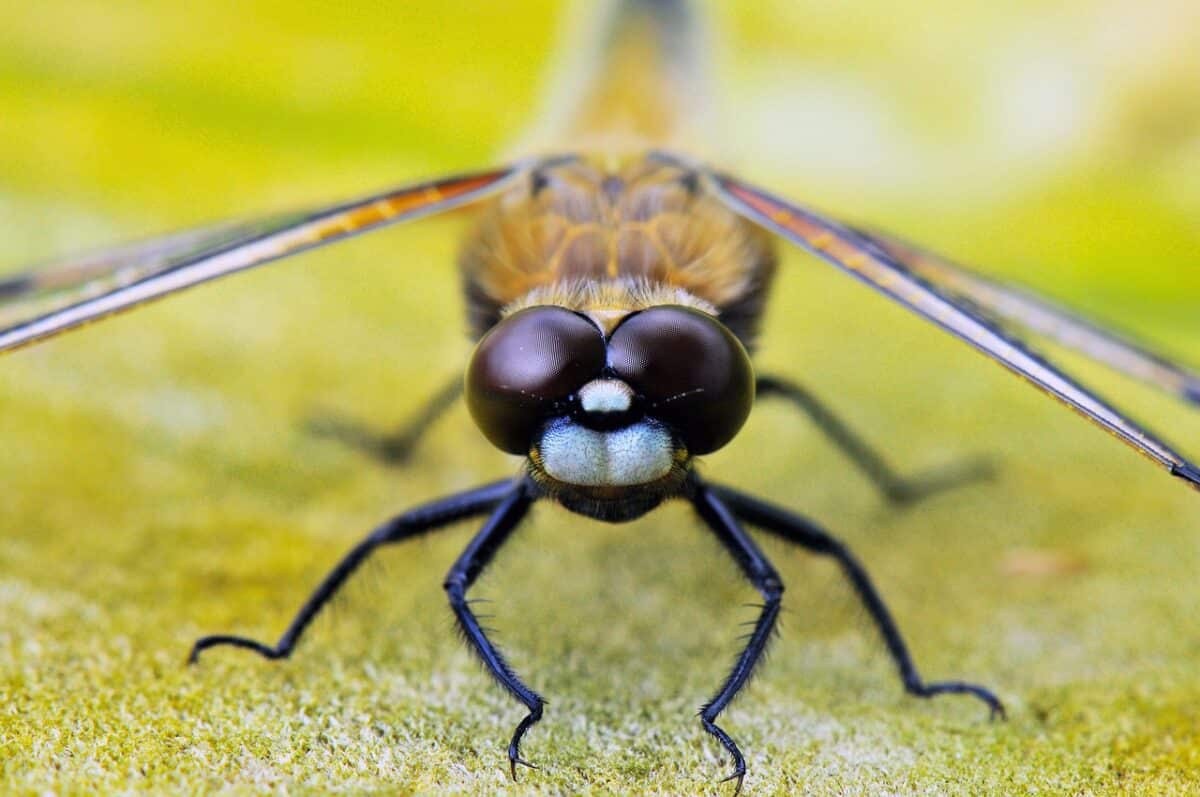
All in all, no other insect is more fascinating than the dragonfly. It can fly fast and far – relying on only its wings and muscle power.
Not only does this make it one of the most efficient creatures on the planet, but it’s also awe-inspiring! We might not be able to copy its abilities anytime soon, but we can certainly appreciate them.
Its feats of strength and beauty are great reminders that nature always finds a way! Likewise, it’s a great example of how one’s size doesn’t define you.
So, next time you come across a dragonfly in your garden or on your walk, take a moment to admire this speedy creature and remember all the good it does for the intricate balance of our planet’s ecosystems.
Thank you for reading this article on the fastest insect in the world! Yet another impressive, yet minute, creature is the black wasp – click here to get to know it! You might also enjoy our post on ticks and Lyme disease.
Join our Forum for free today!


